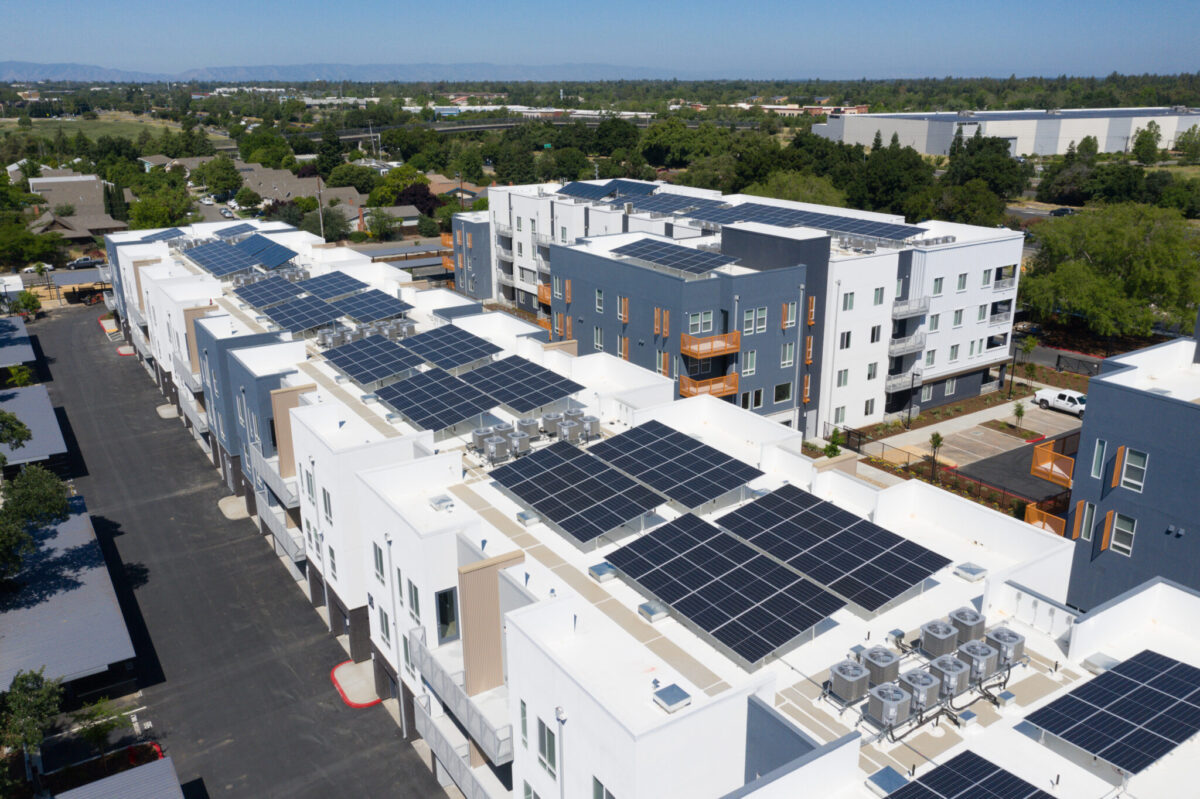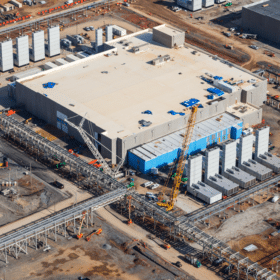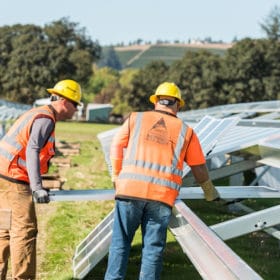Historically, mid-sized commercial real estate (CRE) owners have, for the most part, kept solar at arm’s length.
Why was rooftop solar such a tough sell for commercial and industrial (C&I) applications? A combination of short tenant lease terms, split incentives between tenants and landlords and long payback periods that clashed with the fast-paced C&I leasing landscape.
According to John Lind, the senior vice president of C&I origination at Aspen Power, that’s finally changing. Falling panel prices and sustainability pledges have both helped, but a shift in the market has played a bigger role.
“The growth of community solar has really opened up an asset class that was historically difficult,” Lind told pv magazine USA. “If your tenant controls the meter and they’re only there for three to five years, it doesn’t match the 20-year term of a typical solar agreement.”
In the past, that meant landlords were stuck either installing small systems that barely offset office HVAC loads, or skipping solar entirely.
The emergence of community solar has turned that equation on its head. Instead of sizing systems to a tenant’s unpredictable load, owners can maximize their rooftops and sell power off-site to local subscribers.
This frees CRE owners from having to worry about rapid or unexpected turnover and helps it make more logical sense to stick panels on a roof, since their value won’t shift with customer turnover.
“It doesn’t really matter who the tenant is,” he added, “because we’re selling the power to the community. Instead of just building a 500-kilowatt system to meet the site’s energy consumption, I can max out the space with a five-megawatt system and sell it back for revenue to community subscribers and in turn pay the building owner rent.
“With that comes economies of scale and increased total and per-megawatt rent,” Lind noted.
The industrial real estate sector itself is booming, yet it’s a complicated time for solar.
The passage of the federal budget bill and a recent executive order are set to make it much trickier for solar projects to pencil out, as many key tax credits will be phased out in coming months.
Still, for many landlords, the economics remain compelling.
Community solar has created a new source of passive rental income that flows right into net operating income (NOI), which is a key metric for property valuation.
“If you can lease your rooftop and generate rent, it boosts the building’s value,” Lind explained.
For big-box retailers or other similar owner-users, power purchase agreements still make financial sense. On the other hand, Lind explained, roof leases may resonate better with pure-play real estate investors because they deliver more stable cash flows.
For developers like Aspen, the key is flexibility that enables them to create a plan matching each client’s risk tolerance and market.
Policy turbulence, however, complicates how much that rent is ultimately worth.
While rental income from solar should theoretically boost NOI and property value, Lind noted investors still discount it due to perceived political risk and an immature market. It’s not seen on the same level as tenant rent, at least not yet.
And, the budget bill’s signal that federal support can shift quickly is likely to only deepen that conservative approach.
This content is protected by copyright and may not be reused. If you want to cooperate with us and would like to reuse some of our content, please contact: editors@pv-magazine.com.









Every shopping center that has a huge parking lot has blown their chances. Trump took it away from them. You could have had a huge system at 2/3s the cost!!!! And reducing your power usage from the grid…